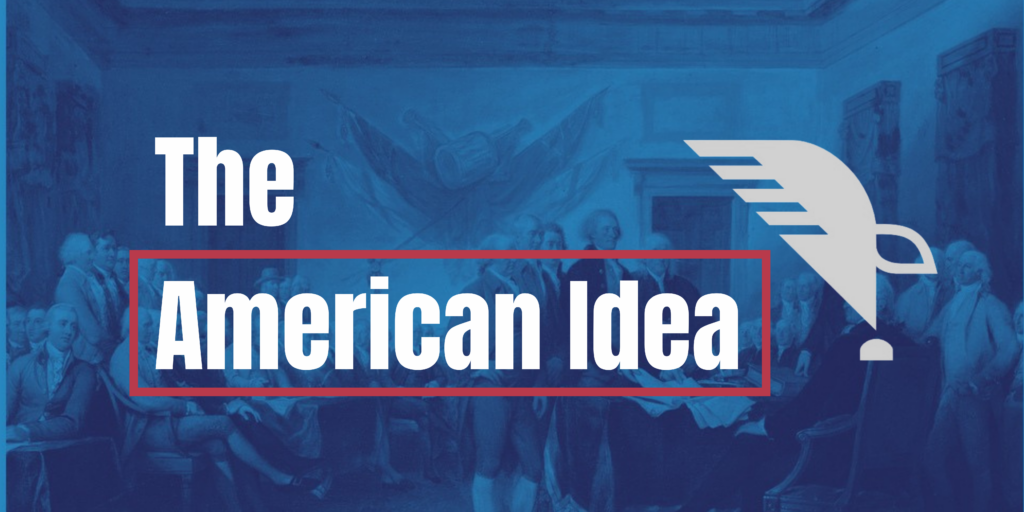Documents & Debates: The Battle of Tarawa at 80 Years
November 8, 2023

The Second World War, a global conflict that reshaped the course of history, saw a complex and multifaceted strategy in the Pacific theater. One pivotal event, often overshadowed by events in the European theater, was Operation Galvanic. This operation, occurring 80 years ago in November 1943, involved the daring U.S. Marine assault on the Japanese-held island of Tarawa. The ensuing four-day battle, known as “Bloody Tarawa,” became one of the most costly engagements of the war. In this episode, we delve into the intricate Pacific strategy of World War II, the significance of Operation Galvanic, and the broader context surrounding it.
The Pacific War and U.S. Strategy
The United States’ strategy during World War II revolved around the principle of “Europe first,” giving priority to defeating Nazi Germany. However, as American production exceeded expectations, opportunities emerged. The Battle of Coral Sea and Midway in 1942 further strengthened the argument for Pacific action. This shift in focus became evident during the Casablanca Conference in January 1943, where discussions about Pacific options gained momentum.
Operation Galvanic and the Dual-Pronged Approach
Operation Galvanic, the assault on Tarawa, was a part of a dual-pronged approach to subdue Japan. The first objective was to cut Japan off from its naval and resource bases in Southeast Asia and the Southwest Pacific. This strategy included submarine warfare from the outset. If this plan failed to force Japan’s surrender, the next step was to bomb Japan directly.
Division of Forces in the Pacific
The Pacific strategy faced a critical challenge – dividing forces in the presence of the enemy, which seemingly violated a fundamental rule of warfare. However, the unique geographical and logistical challenges in the Pacific called for such division. The plan required securing the Central Pacific, especially the Marshall Islands, Carolines, and the Marianas, to protect the Northern flank of the advance through New Guinea towards the Philippines.
Central Pacific’s Strategic Significance
The Central Pacific, where Tarawa is located, gained prominence due to several factors:
- Favorable environmental conditions compared to the Solomon Islands.
- Protection of the Northern flank.
- A more direct route, crucial in the vast distances of the Pacific.
- Control over essential islands to secure lines of communication.
Inter-Service Collaboration
While the Southwest Pacific Campaign was primarily an army show with naval support, it was not marked by interservice rivalry. General Douglas MacArthur’s desire to make it the main effort coexisted with a shared understanding of mutual support among land and maritime forces. The focus was on cooperation rather than competition, highlighting the importance of working together to achieve a common goal.
The Significance of Tarawa
Tarawa, situated in the Gilbert Islands, played a pivotal role in this strategy. It lay along the line of communication between the United States and Australia, making it strategically vital. The successful capture of Tarawa was essential to secure these vital lines and weaken the Japanese position in the Pacific.
Operation Galvanic exemplified the evolving strategy of the United States during World War II in the Pacific. The need for a dual-pronged approach and the strategic significance of the Central Pacific marked a shift towards a more balanced focus on both European and Pacific theaters. Tarawa, a seemingly obscure island, held immense strategic importance and played a vital role in shaping the course of the Pacific campaign. The lessons learned from this operation and the broader Pacific strategy continue to be a significant part of our historical understanding of World War II.
Subscribe through your favorite platform: https://linktr.ee/theamericanidea

